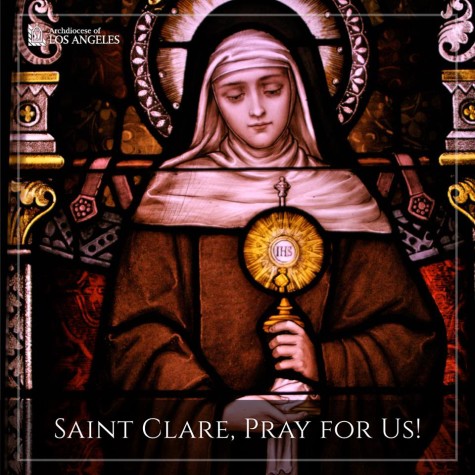 St. Clare of Assisi (1194-1253)
St. Clare of Assisi (1194-1253)
Image Courtesy: Archbishop Jose Gomez
(CNA) Born in Italy Assisi into a noble family, Clare’s mother received a sign before her birth that Clare would be a bright light of God in the world. As a child, Clare was already very strongly drawn to the things of God, praying fervently, devoutly visiting the Blessed Sacrament and manifesting a tender love towards the poor.
When Clare was 18 yrs of age she heard St. Francis (Feast Day: 04 October) preaching in the town square during Lent and she knew at once that God wanted her to consecrate herself to Him. The next evening Clare left her house at night and ran to meet St. Francis and his Companions at the Church they were staying in and shared her desire to follow him in his way of life.
St. Francis received her, gave her his tunic, cut off her golden locks and sent her to a Benedictine Convent because she could not stay with the Brothers. Clare’s younger sister St. Agnes soon joined her and the two young Women had to resist much pressure from their family to return home.
When Clare was 22 yrs old , St. Francis placed her in a small house beside the Convent and made her Superior, a post she would serve for the rest of her life.
The Poor Clare Sisters as they would became known, lived an unusually austere life for Women of their time, walking barefoot around town, wearing sackcloth, seeking alms (donations/charity) and living without any possessions, completely dependent on others for food of what was given to them but the emphasis of their lives was and still is–contemplation.
Many young noble Women left all they had to take on the Poor Habit of Clare and the Order grew rapidly with houses being founded all over Italy, all of them took Clare as their model and inspiration.
Clare’s reputation for holiness was such that the Pope came to her deathbed in 1253 to give her absolution and wanted to Canonize her immediately upon her death but was advised by the Cardinal’s to wait.
In absolute tranquility Clare would draw her last breathe on this date in 1253 saying to one of her bothers just before she passed: “Dear brother, ever since through His servant Francis, I have known the Grace of Our Lord Jesus Christ, I have never in my whole life found any pain or sickness that could trouble me.”
Clare was Canonized just two years subsequent to her death by Pope Alexander IV
More here from Franciscan Media
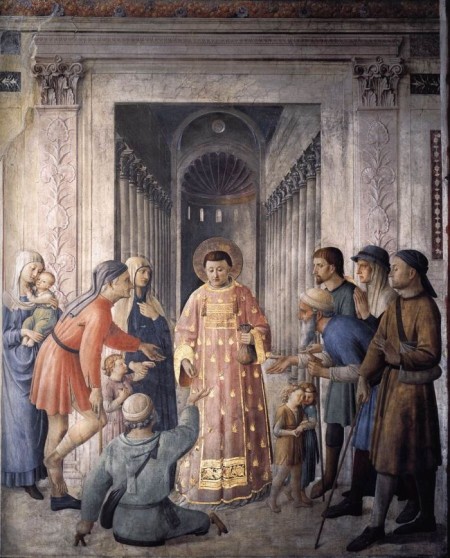 Saint Lawrence Distributing Alms –Image: Pinterest
Saint Lawrence Distributing Alms –Image: Pinterest 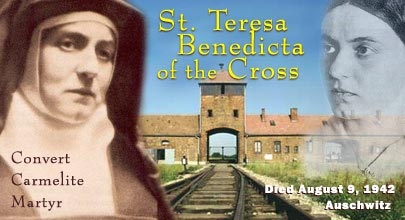 Saint Teresa (Edith Stein) Benedicta of the Cross
Saint Teresa (Edith Stein) Benedicta of the Cross
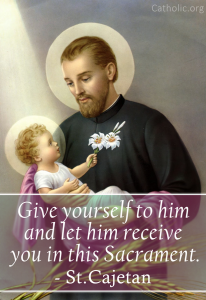
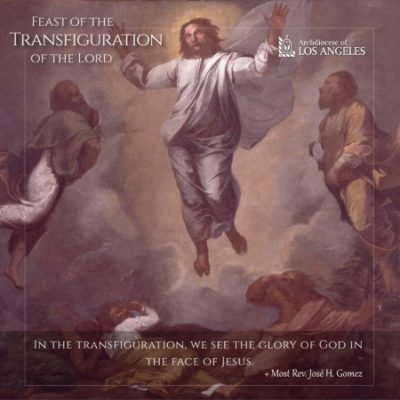
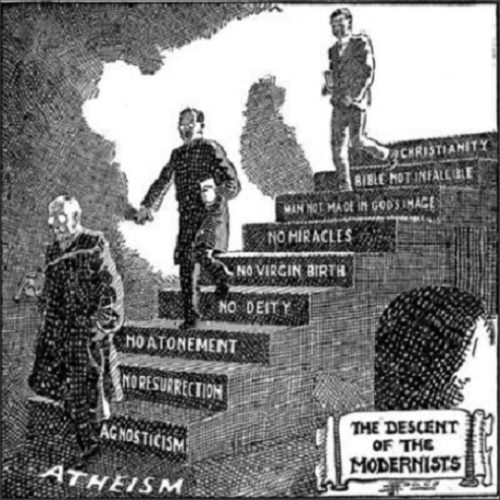 Mankind reasoned and they were led astray.
Mankind reasoned and they were led astray. 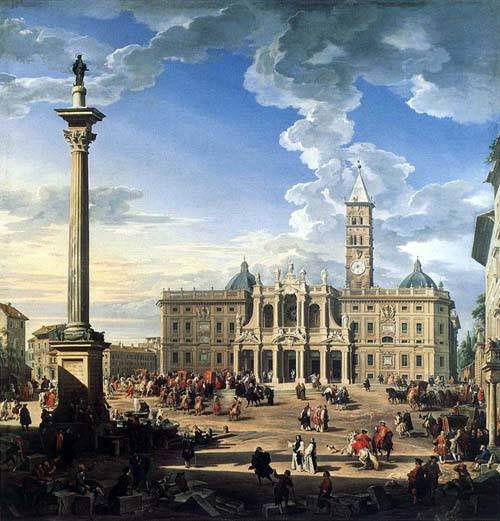 Dedication of St. Mary Major Basilica in Rome
Dedication of St. Mary Major Basilica in Rome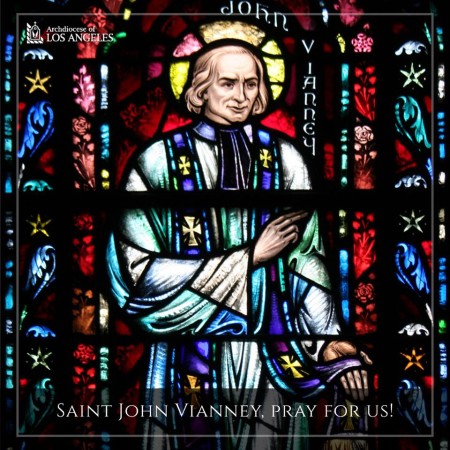 St. John Mary Vianney (1786-1859)
St. John Mary Vianney (1786-1859)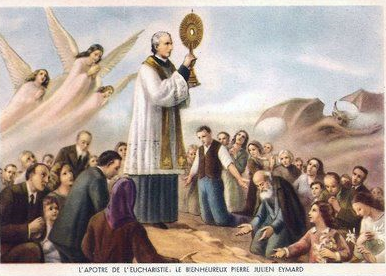 St. Peter Julian Eymard (1811-1868) Image: Pinterest
St. Peter Julian Eymard (1811-1868) Image: Pinterest